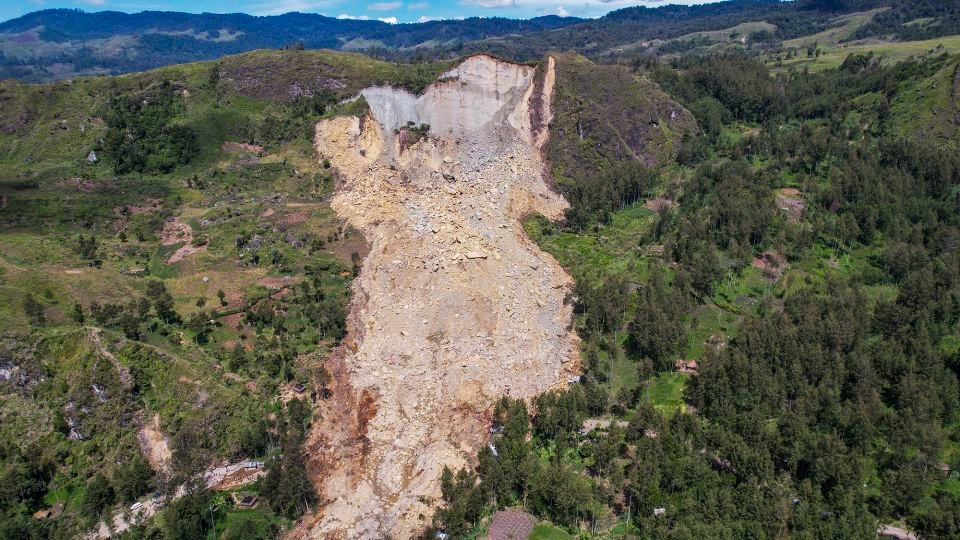Assessing the Devastation
Unveiling the Impact from Above
Satellite imagery has provided a stark portrayal of the extensive devastation caused by a landslide in Papua New Guinea. These aerial views offer a comprehensive perspective of the aftermath, revealing the scale of destruction in the affected region.
Before and After: Contrasting Landscapes
By comparing satellite images captured before and after the landslide, the dramatic transformation of the landscape becomes evident. What was once a thriving area in the mountainous Enga region now lies torn asunder, illustrating the sheer force and magnitude of the natural disaster.
The Human Toll
An Unfathomable Tragedy
The landslide has resulted in a catastrophic loss of life, with reports indicating that as many as 2,000 people may be buried under the rubble. The human toll of this disaster is staggering, leaving families and communities devastated by the sudden and overwhelming devastation.
Rescue and Recovery Efforts
In the wake of the disaster, rescue teams are working tirelessly to locate and extricate survivors buried beneath the debris. Every effort is being made to provide aid and support to those affected by the landslide, with rescue operations prioritizing the preservation of life above all else.
Understanding the Landscape
Geographical Vulnerability
Papua New Guinea’s rugged terrain and susceptibility to geological hazards make it particularly vulnerable to landslides and other natural disasters. The mountainous Enga region, in particular, is prone to such events, underscoring the importance of proactive measures to mitigate risks and ensure community safety.
Environmental Impact
Beyond the immediate human tragedy, the landslide has had profound environmental consequences. The displacement of vast amounts of earth and vegetation can lead to soil erosion, habitat destruction, and alterations to local ecosystems, further exacerbating the ecological impact of the disaster.
Response and Recovery
Immediate Aid and Assistance
In the immediate aftermath of the landslide, humanitarian organizations and government agencies have mobilized to provide emergency aid and assistance to those affected. This includes the provision of shelter, food, medical care, and psychological support to survivors and displaced individuals.
Long-Term Rehabilitation
As the initial response gives way to long-term recovery efforts, the focus will shift towards rebuilding communities, restoring infrastructure, and addressing the underlying vulnerabilities that contributed to the disaster. Sustainable development initiatives and disaster preparedness measures will be crucial in promoting resilience and preventing future tragedies.



































